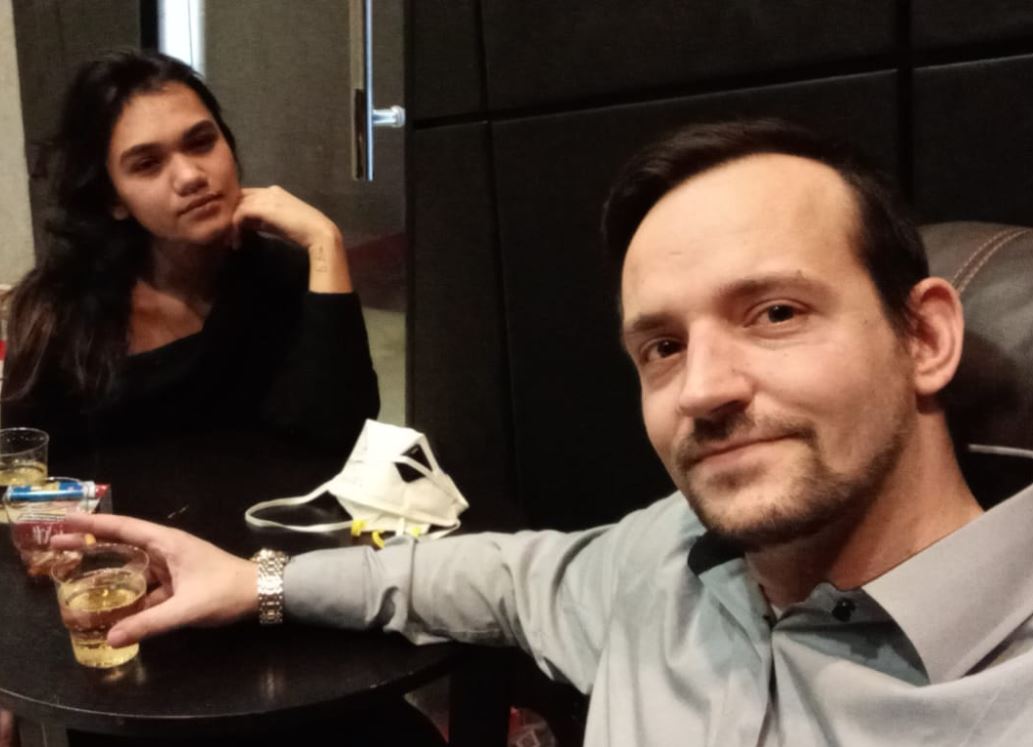Child labor worldwide: progress that are not enough!
UNICEF and ILO report in 2025 about progress and challenges in combating child labor.

Child labor worldwide: progress that are not enough!
In the current report by Unicef and the International Labor Organization (ILO), it is found that more than 20 million children worldwide have been able to escape from child labor since 2020. Nevertheless, the report with the title "Child Labor: Global Estimates 2024, Trends and the Road Forward" that, despite these progress, millions of children are still far from education, playing and a carefree childhood. According to Kleine Zeitung are still affected by around 138 million children and adolescents.
The numbers also clarify that the number of children affected by child labor in Asia and in the Pacific room from 49 million to 28 million could be reduced. There are also improvements in Latin America and the Caribbean where the affected number was reduced from eight to seven million. In Subsahara Africa, on the other hand, the situation is more dramatic: around 87 million children are still in child labor, which makes up almost two thirds of the global total number.
progress and setbacks
The report emphasizes that the proportion of children has decreased from 24 to 22 percent. Nevertheless, the absolute number is hardly changed, which is due, among other things, to population growth. Sectors such as agriculture are the largest area with 61 percent in which children work, followed by services (27 percent) and industry (13 percent).
A look at the gender distribution shows that boys are affected more often in all age groups. However, this changes if you take unpaid homework of 21 hours or more per week into account. The shocking numbers from recent years show that global child labor has almost halved since 2000. Nevertheless, the goal of fully abolishing child labor by 2025 is regarded as failed; To do this, the pace of reduction should be eleven times as high.
a call to the action
Gilbert F. Hungbo, General Director of the ILO, demands that children have to be brought back to schools and that parents need support in order not to have to send their children to work. Catherine Russell, the director of UNICEF, draws attention to the dangers to which children are exposed to mines, factories and fields.
The organizations demand that governments provide sustainable funds for education, social security systems and livelihoods. Increases in these support could force endangered families to send their children to work. According to the findings of Unicef have done around 54 million children dangerous work alone that affect their health and development. The political measures that are necessary to end child labor sustainably are a central topic of report.
The role of crises such as corona pandemic is particularly worrying, which also tighten the problem of child labor. Millions of people slipped into extreme poverty, which means that more children have to work. The first year in which the number of children affected has risen again since 2000.
The legal framework
The legal foundations for combating child labor are based, among other things, on the Child Rights Convention, which was adopted on November 20, 1989 and was ratified by almost all UN member states, except the USA. This convention contains four cornerstones: the right to survival and development, the right to non -discrimination, the protection of the interests of children and the participation of children. Child labor stands in the way of these principles and affects millions of children worldwide. According to Statista are estimated 160 million children are affected by child labor, including 79 million in dangerous work.
Although the global numbers are declining in the long term, there are continuing children's work rates in some regions such as Subsahara Africa. The challenges are therefore great and further efforts are necessary to secure the rights and future of children worldwide.

 Suche
Suche
